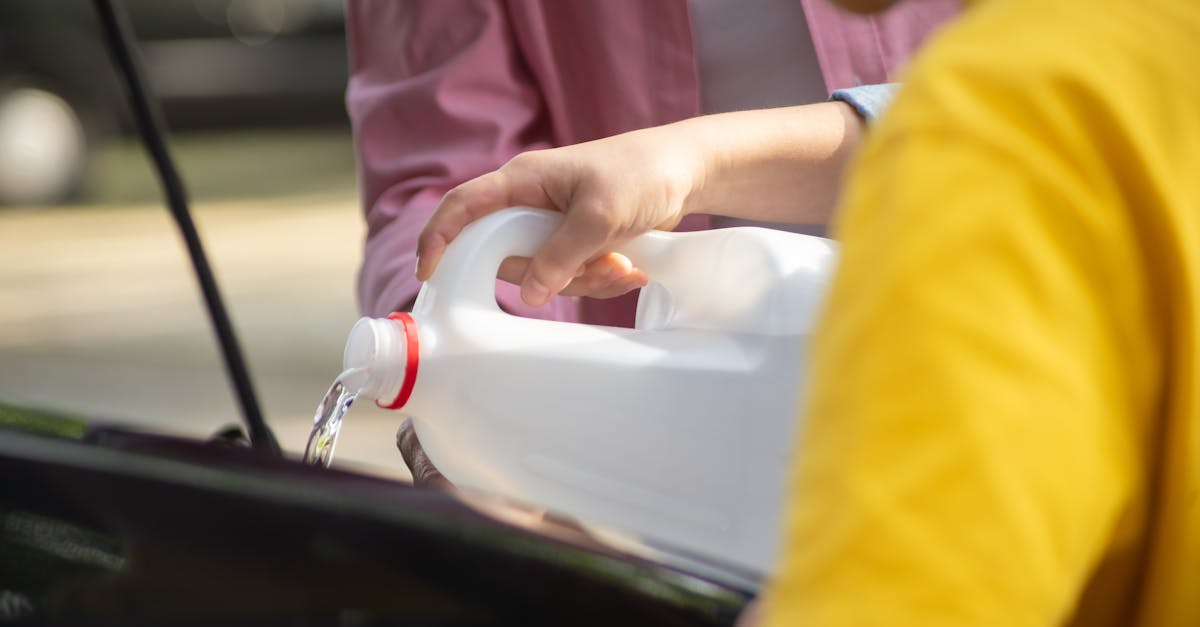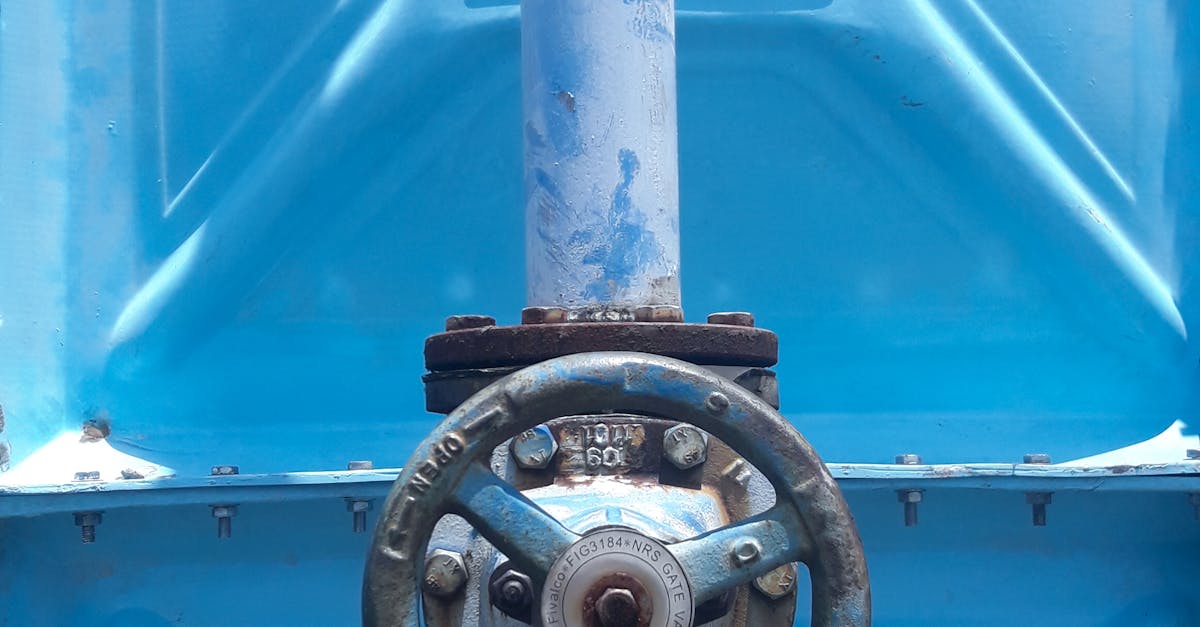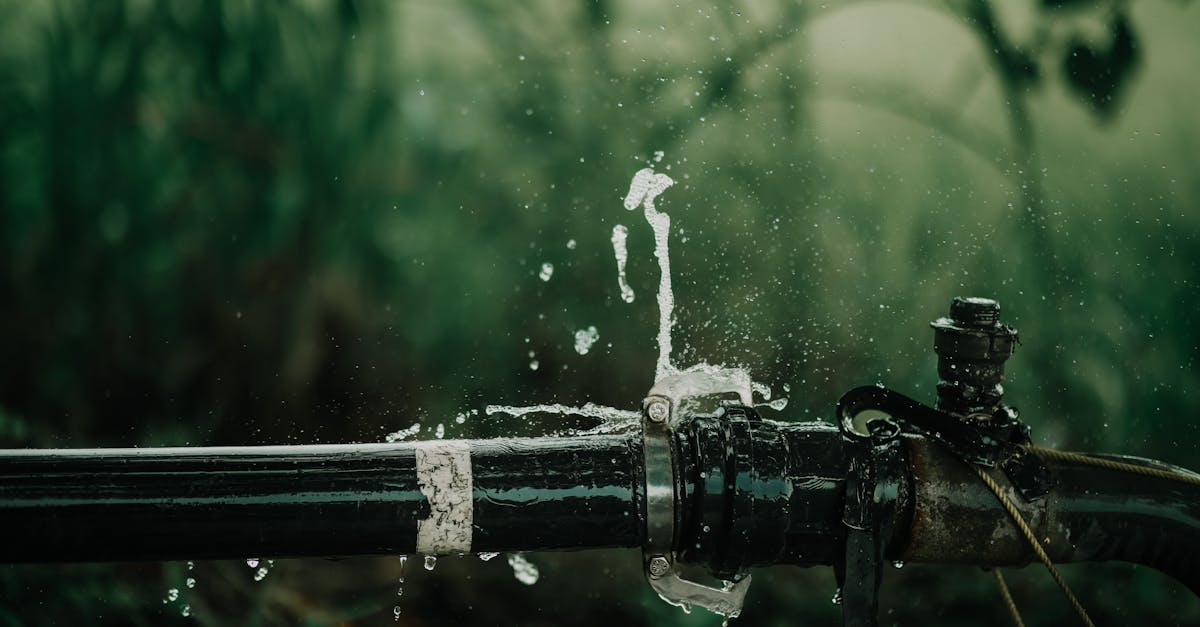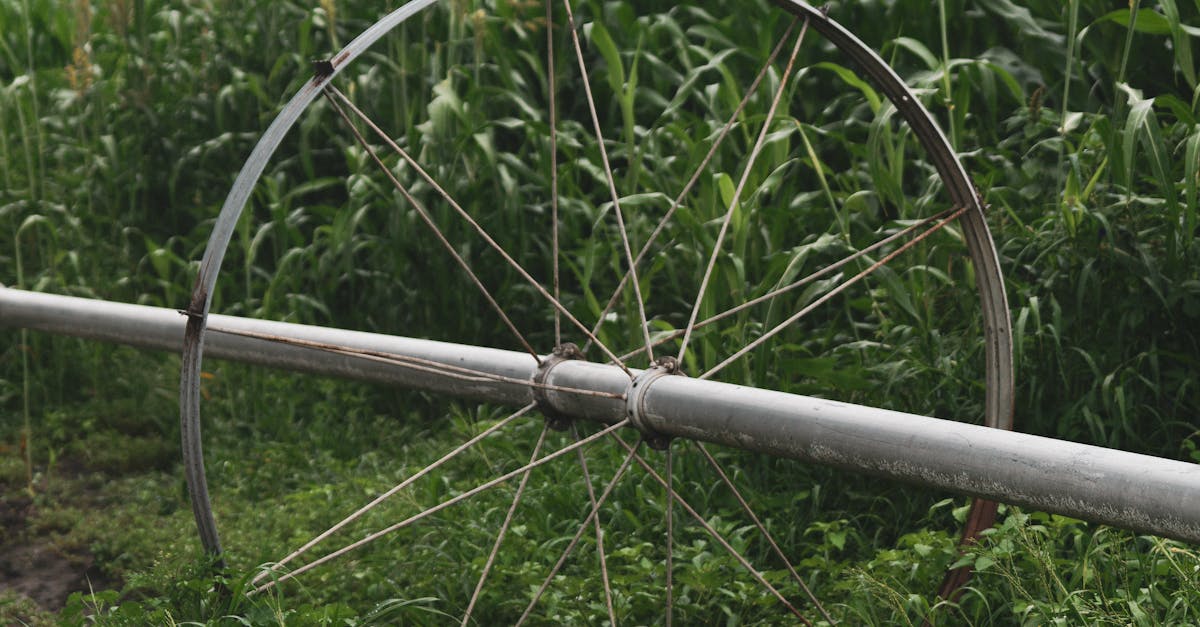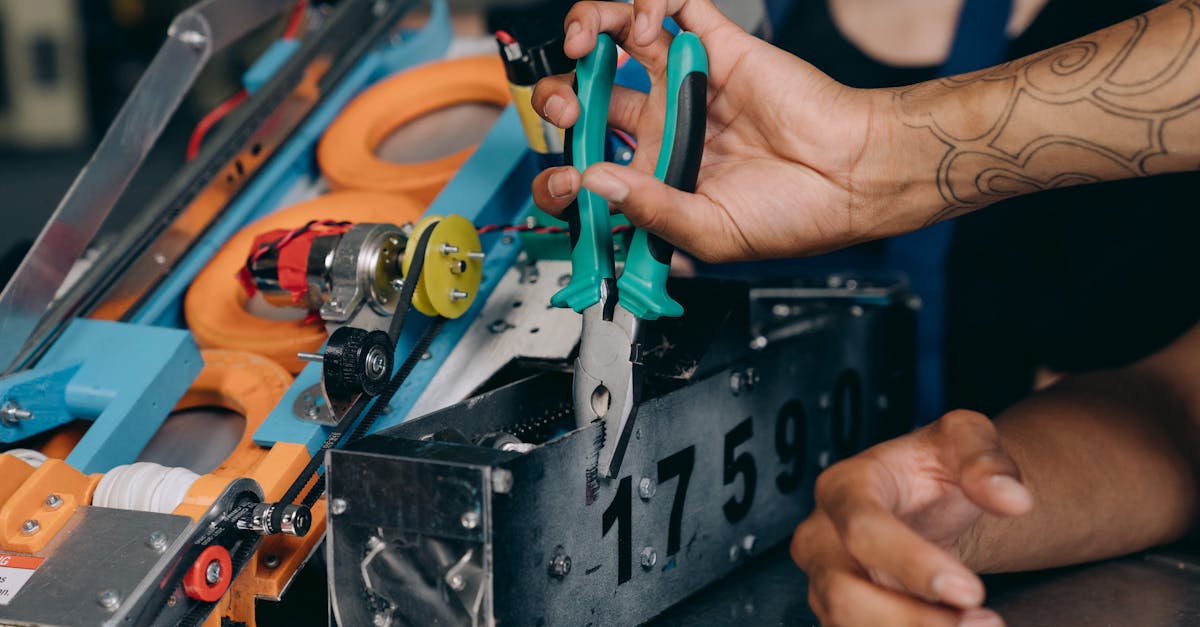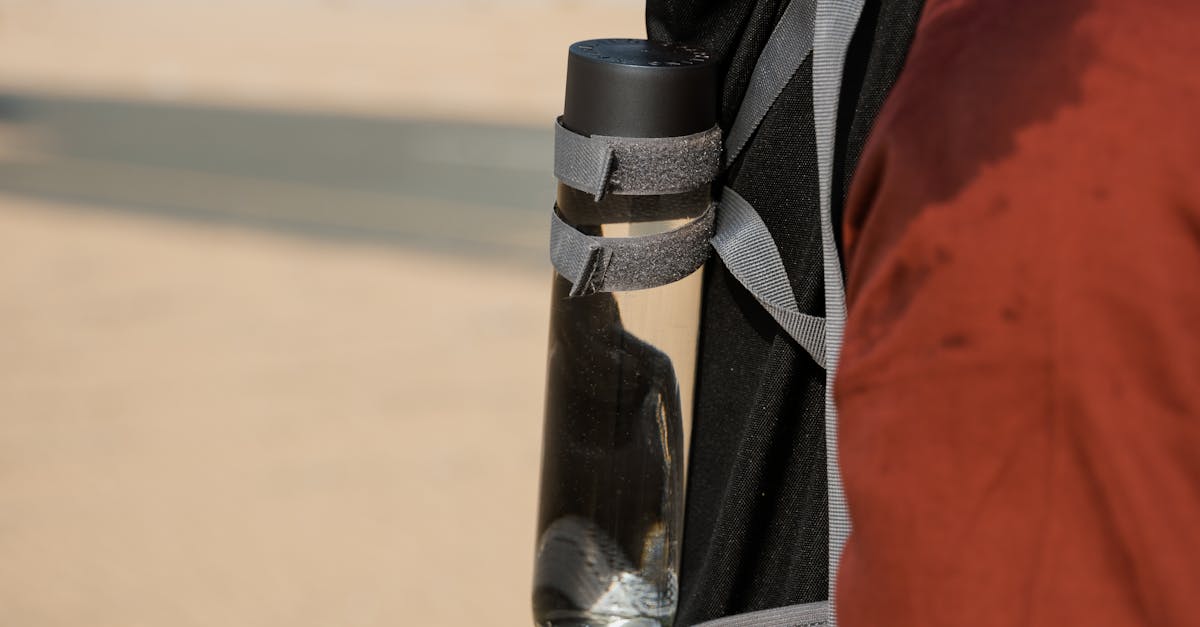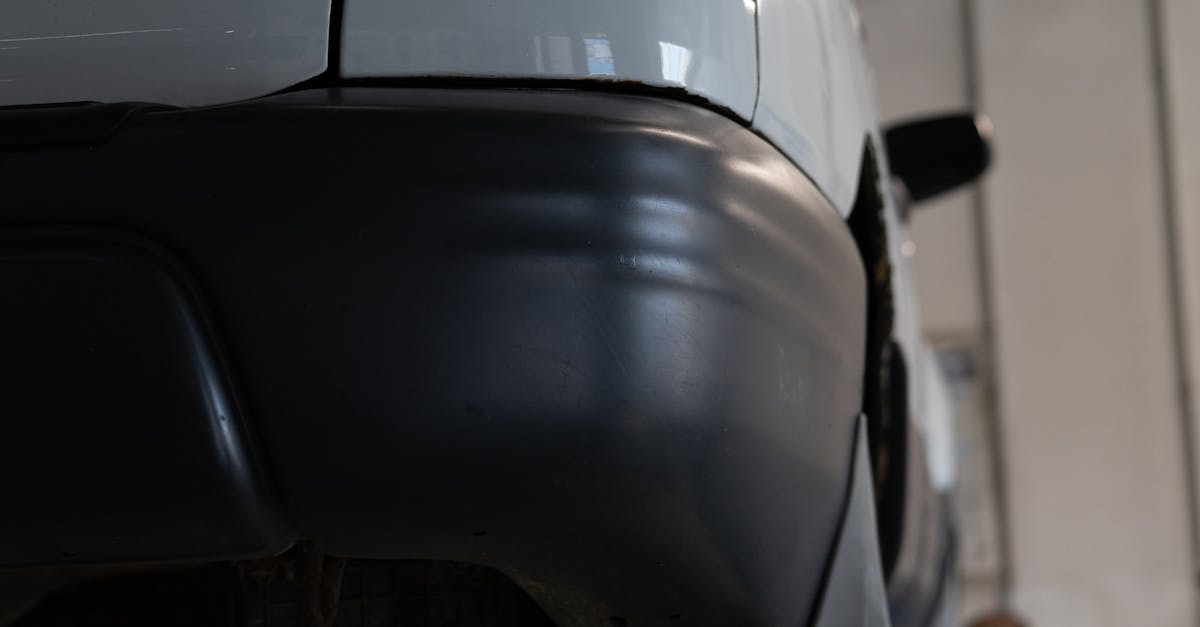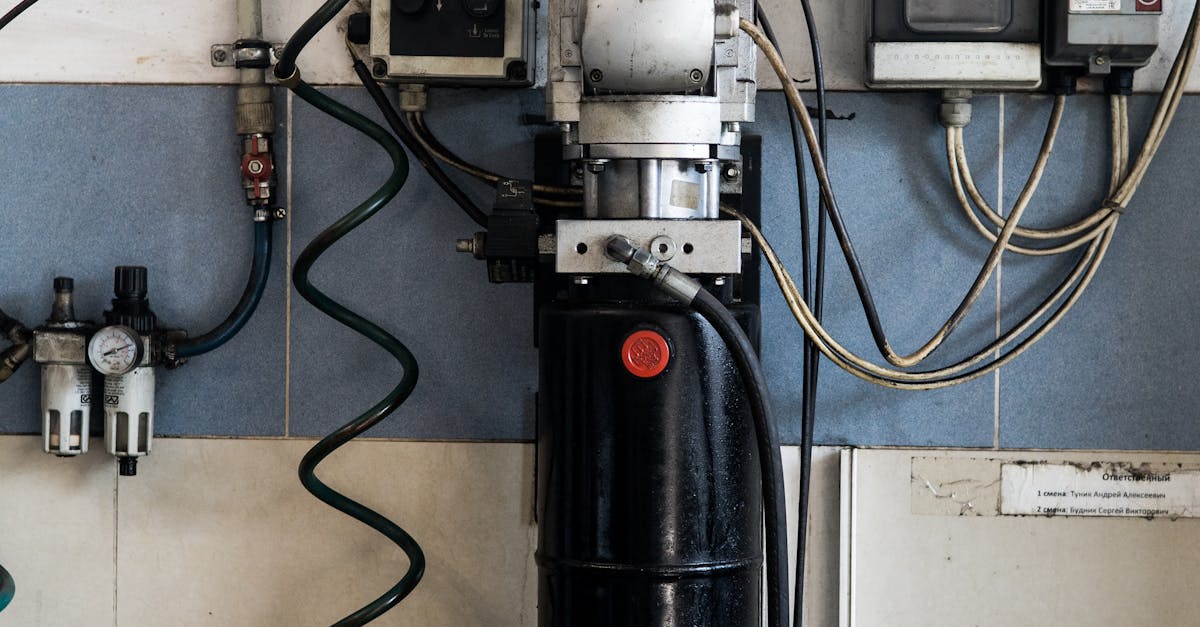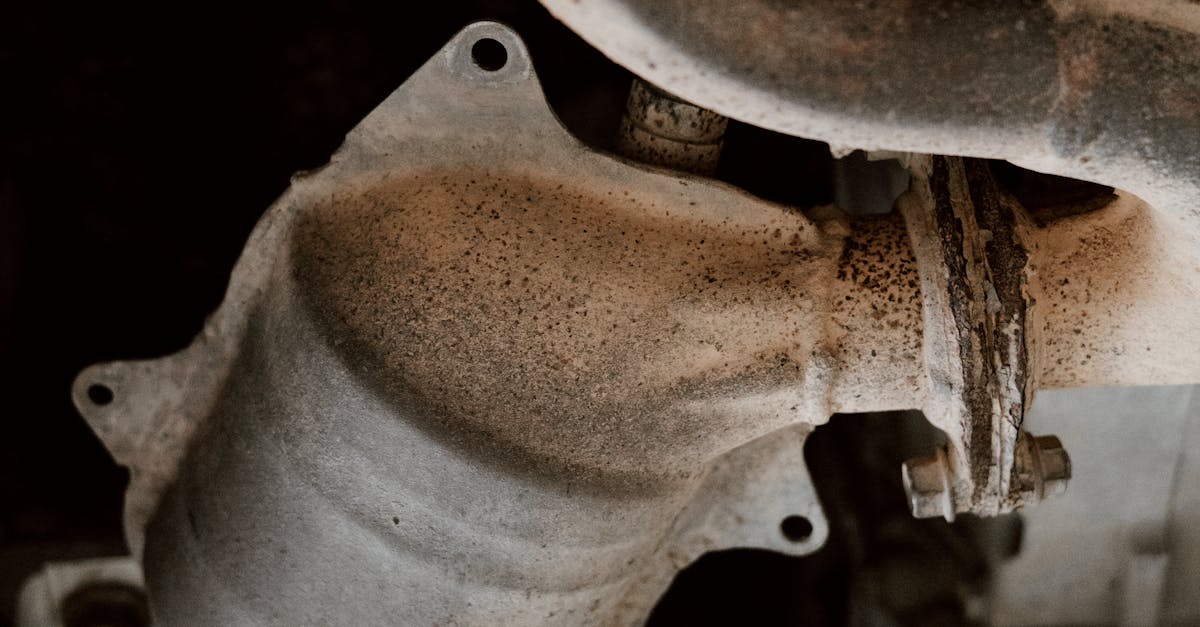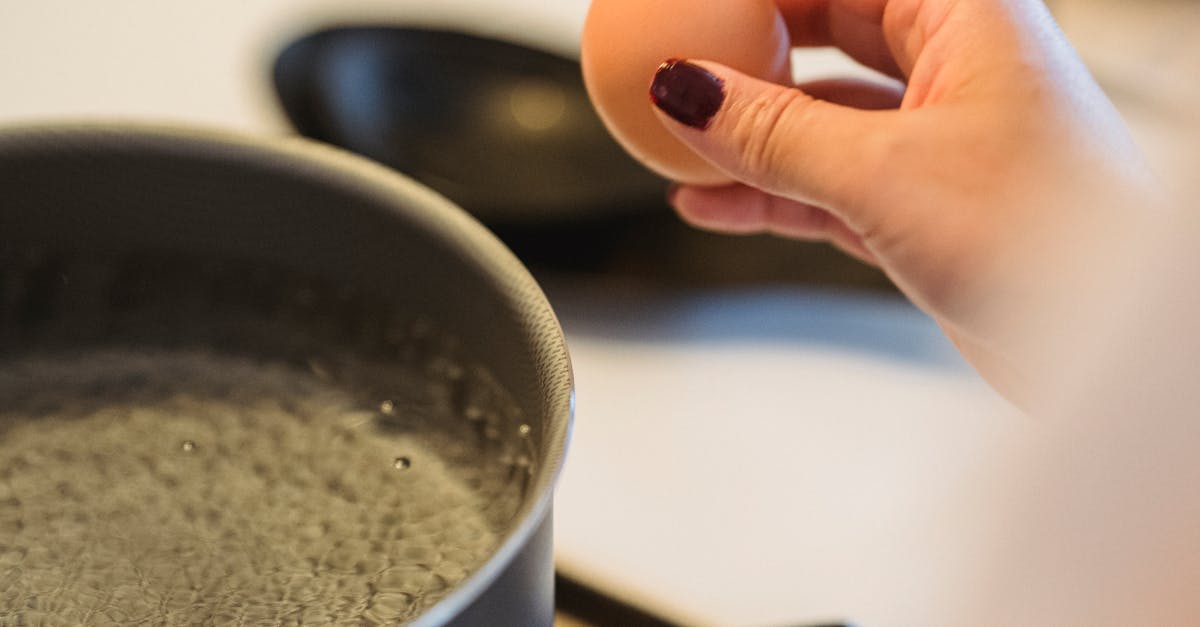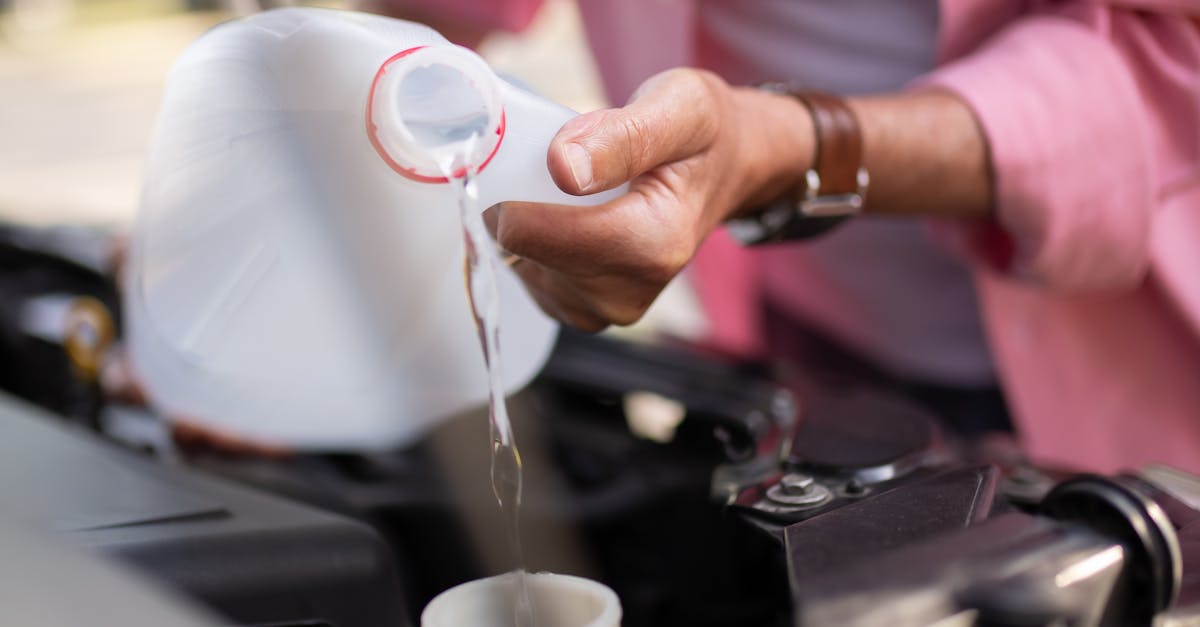
Table Of Contents
StepbyStep Guide to Flushing Your Water Heater
Flushing your water heater is a straightforward process that can help prolong its lifespan and improve efficiency. Start by turning off the power supply to the water heater if it's electric, or setting the thermostat to the lowest setting for gas heaters. Next, connect a garden hose to the drain valve at the bottom of the tank, ensuring the hose is directed towards a suitable drainage area. Open the valve and allow the water to flow out until it runs clear, indicating sediment has been flushed out.
Once the tank has been emptied, close the drain valve and disconnect the hose. Refill the tank by turning on the cold water supply and keep an eye on the pressure relief valve to ensure there are no leaks. After the tank is full, restore power or adjust the gas thermostat back to the desired temperature. If any issues arise during the flushing process, or if there are signs of damage, it may be wise to consult a professional for Hot Water System repair. Regular maintenance not only enhances performance but also prevents future complications.
A Simplified Procedure
Flushing your water heater is a process that can be carried out with relative ease. Start by turning off the power supply to your unit. If you have an electric heater, switch off the circuit breaker. For gas heaters, ensure the thermostat is set to the pilot setting. Next, shut off the cold-water valve that supplies your hot water system. This step is crucial in preventing any new water from entering the tank while you drain it.
Once the preparation is complete, connect a garden hose to the drain valve at the bottom of the tank. Direct this hose to a suitably drained area, such as a floor drain or outside. Open the drain valve slowly to let the water flow out. It's advisable to do this when the water has cooled down to avoid any risk of burns. Flushing helps remove sediment build-up, which can lead to inefficiencies and potential issues that might require hot water system repair. After draining the tank, you can also briefly open the cold-water valve to stir up any remaining sediment before draining again.
Frequency of Flushing Your Water Heater
The frequency of flushing your water heater is largely determined by the type of environment in which you live and the quality of your water supply. For areas with hard water, sediment buildup can occur more rapidly, making it advisable to flush the heater at least once a year. Water heaters in regions with softer water might only require flushing every two to three years, but regular checks should be conducted to assess any sediment accumulation. Ignoring these maintenance practices can lead to decreased efficiency and even necessitate a Hot Water System repair.
Homeowners should also consider the specific recommendations provided by the manufacturer of their water heater. Each unit may have its guidelines tied to its longevity and efficiency. By adhering to these recommendations, you can ensure that your hot water system operates optimally. Regular maintenance ultimately reduces the risks of more extensive issues that could require costly repairs and prolong the life of your system.
Recommendations for Different Types
When considering the frequency of flushing for different types of hot water systems, it’s essential to look at the manufacturer’s recommendations. Most standard tank systems benefit from an annual flush to eliminate sediment build-up. Regular maintenance helps to prolong the lifespan of the unit and ensures optimal performance. However, certain conditions, like hard water areas, might necessitate more frequent flushing. Always refer to the specific guidelines provided for your model.
For continuous flow systems, the flushing process may be less frequent as sediment build-up can occur at a slower rate. Nevertheless, annual checks and occasional flushing are still advisable to keep the system running efficiently. If performance issues arise, seeking Hot Water System repair may be necessary, especially if insufficient maintenance leads to scaling. Regular inspection and care can prevent costly repairs down the line, ensuring your hot water supply remains consistent.
Professional vs. DIY Flushing
Choosing between professional service and a DIY approach for flushing your water heater can significantly impact the efficiency and longevity of your system. Professional plumbers possess the expertise and tools to conduct a thorough flush, ensuring all sediment is removed. This reduces the risk of potential issues and may prevent future Hot Water System repair costs. Additionally, they can provide valuable insights into the overall health of your water heater, recommending maintenance or replacements if necessary.
On the other hand, a DIY flush can be cost-effective for homeowners comfortable with basic plumbing tasks. It offers a hands-on way to understand the workings of your hot water system. However, without appropriate expertise, one may overlook some critical aspects, leading to inadequate flushing or even damaging the unit. Those who opt for this route must ensure they follow safety precautions and understand the flushing process to avoid complications that could escalate into costly repairs.
Pros and Cons of Each Approach
Flushing your water heater yourself can be an attractive option for many homeowners. It often saves money as there are no costs associated with hiring a professional. The process can be straightforward, and having a hands-on understanding of one's hot water system can foster confidence in dealing with future issues. However, if not done correctly, DIY flushing may lead to complications or damage to the system, potentially resulting in a need for hot water system repair.
On the other hand, opting for professional services comes with its own set of advantages. Experts have the knowledge and tools required to perform the task efficiently, ensuring that all elements of the system are properly managed. This reduces the likelihood of errors that could lead to costly hot water system repair. Nonetheless, the associated costs can be a drawback for some homeowners, especially if they are on a tight budget.
FAQS
Why should I flush my water heater?
Flushing your water heater helps remove sediment and mineral buildup, which can improve efficiency, extend the lifespan of the heater, and ensure cleaner hot water.
How often should I flush my water heater?
It is generally recommended to flush your water heater at least once a year, although some experts suggest doing it more frequently depending on water quality and usage.
What tools do I need to flush my water heater?
To flush your water heater, you typically need a garden hose, a bucket, a screwdriver (if needed), and possibly a wrench. Always refer to your manufacturer's instructions for specific requirements.
Can I flush my water heater myself?
Yes, you can flush your water heater yourself by following a step-by-step guide, but if you're not comfortable with DIY tasks or if the heater requires a complex procedure, hiring a professional may be a better option.
What are the signs that my water heater needs flushing?
Signs that your water heater may need flushing include discoloured water, unusual noises from the tank, decreased hot water supply, or if the heater takes longer than usual to warm the water.

